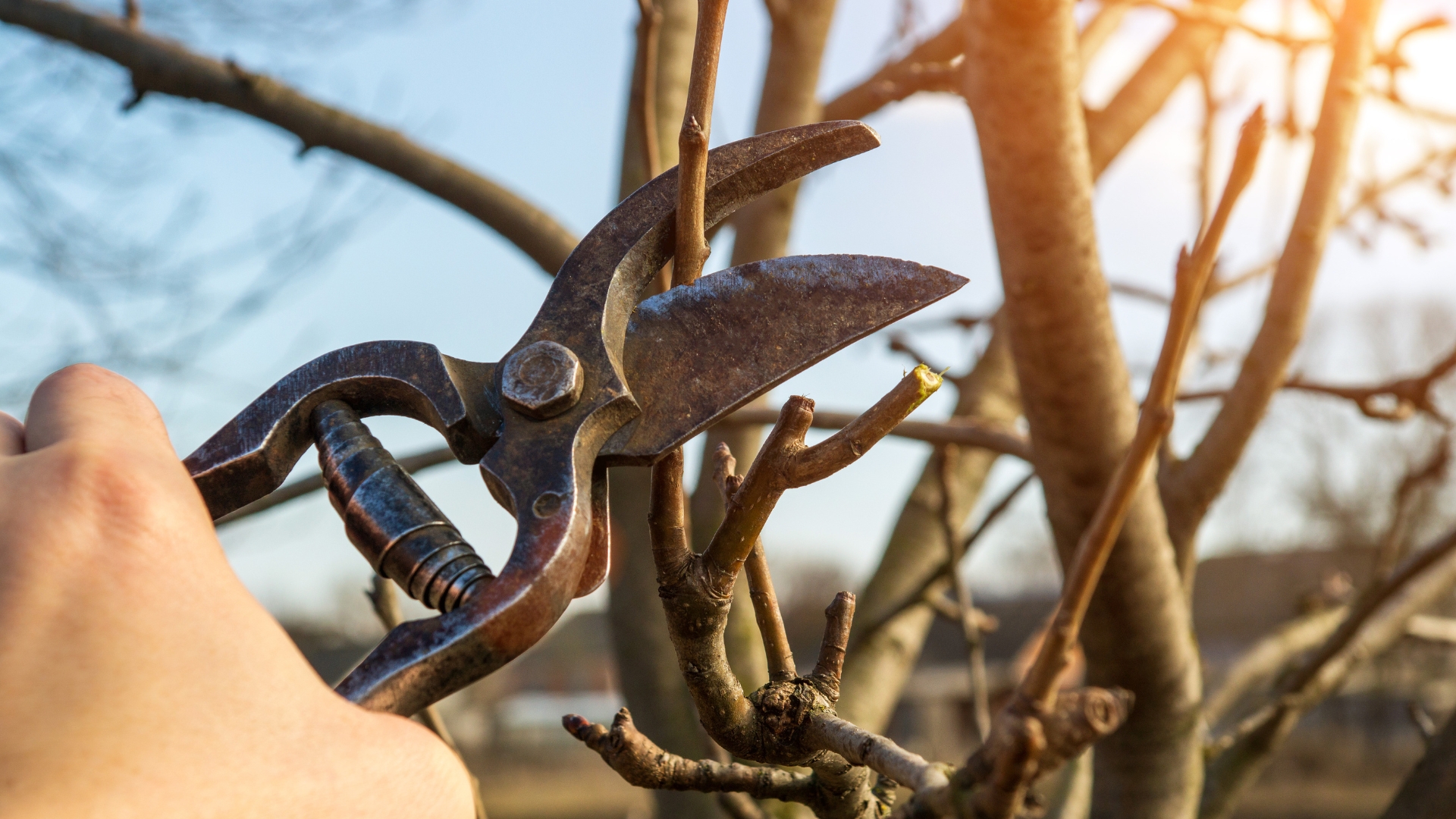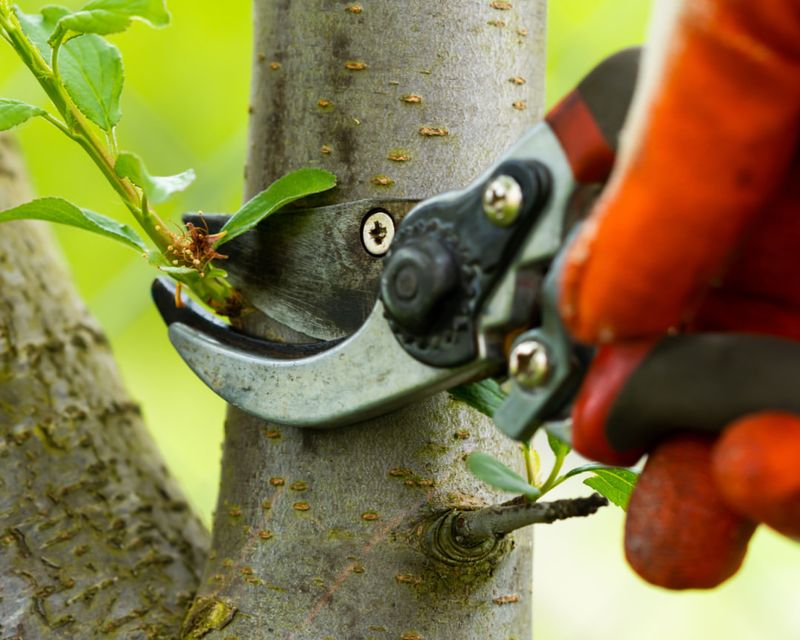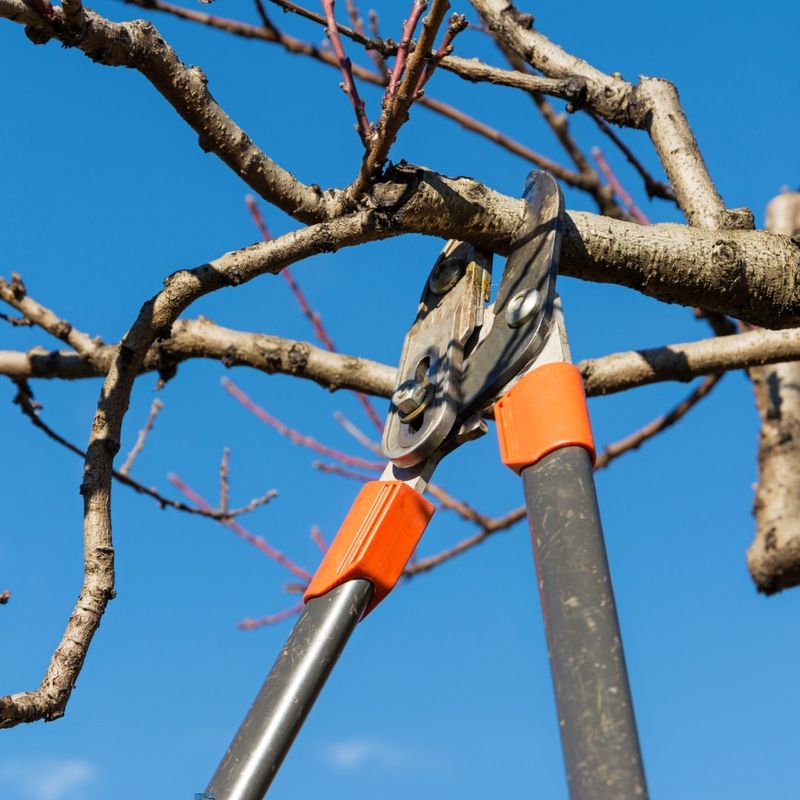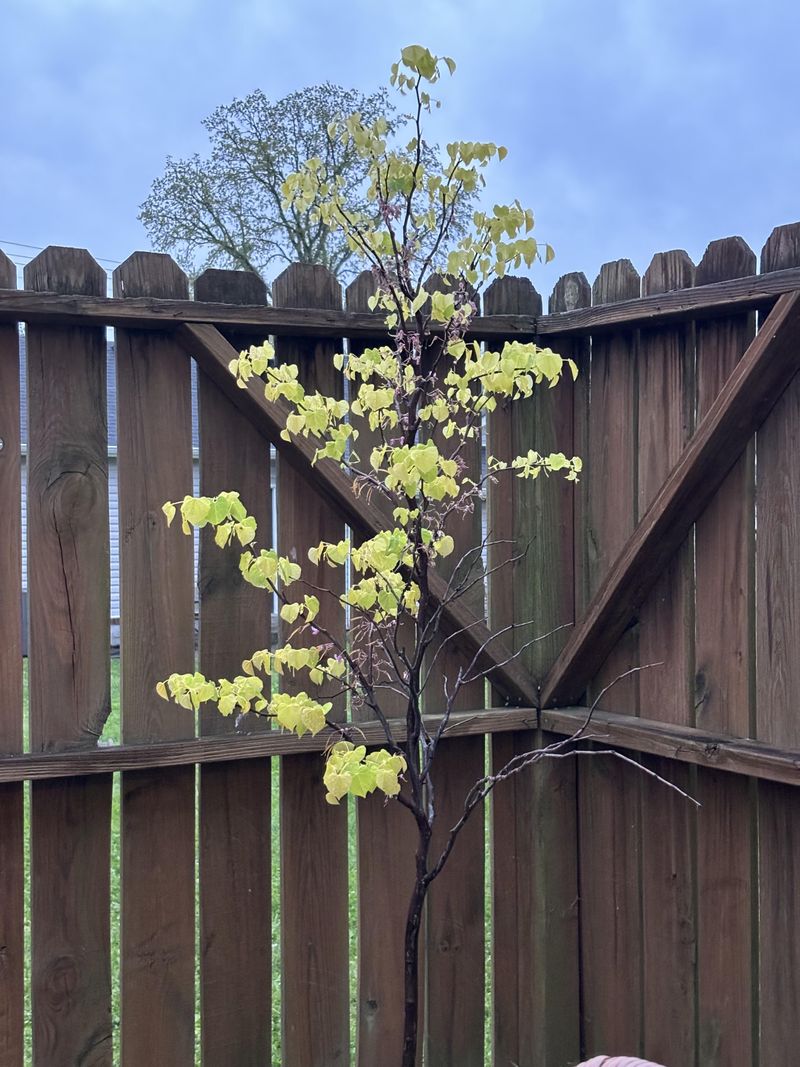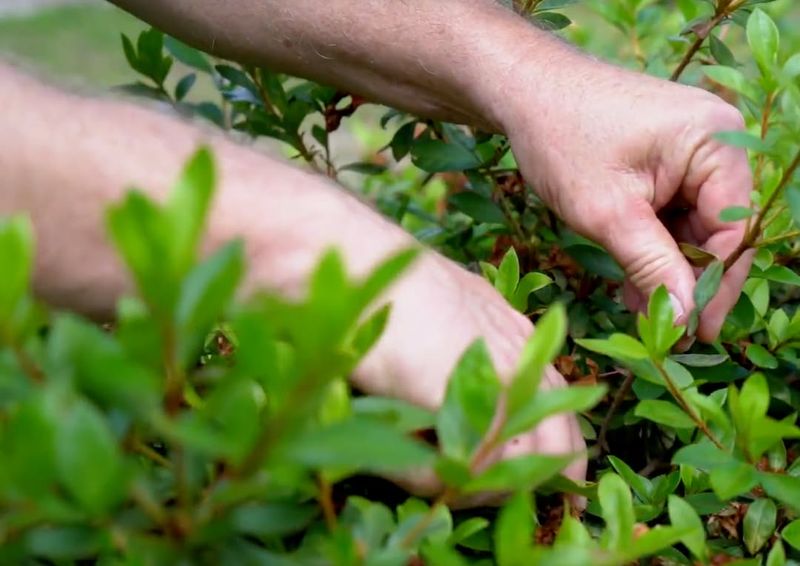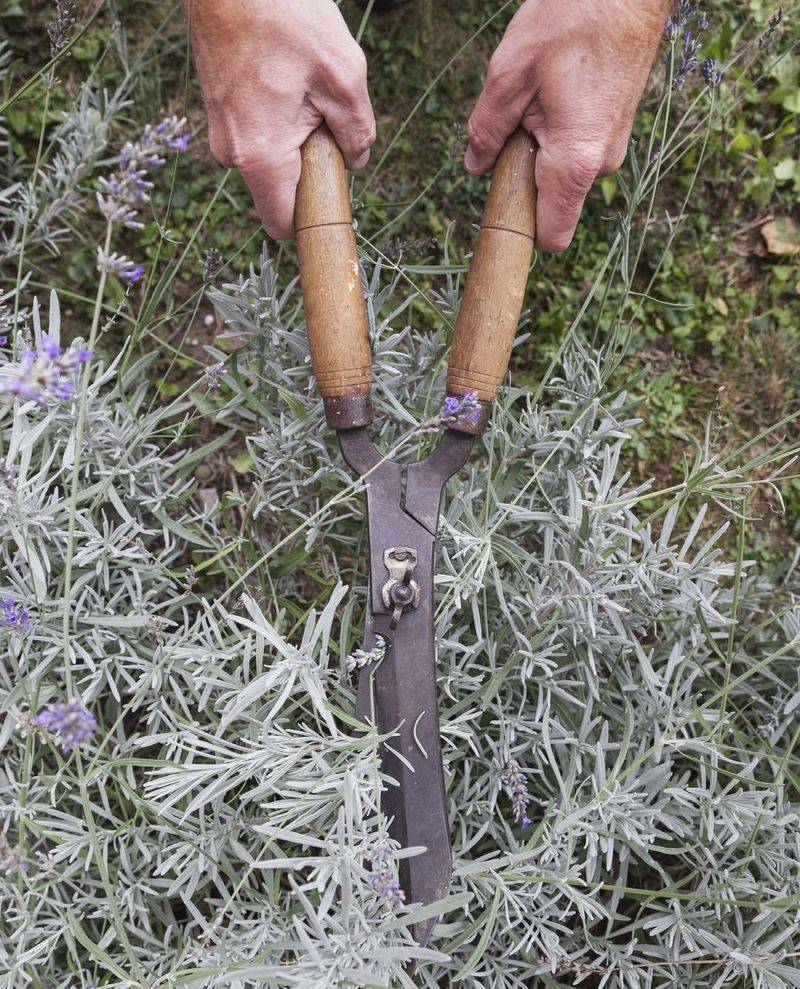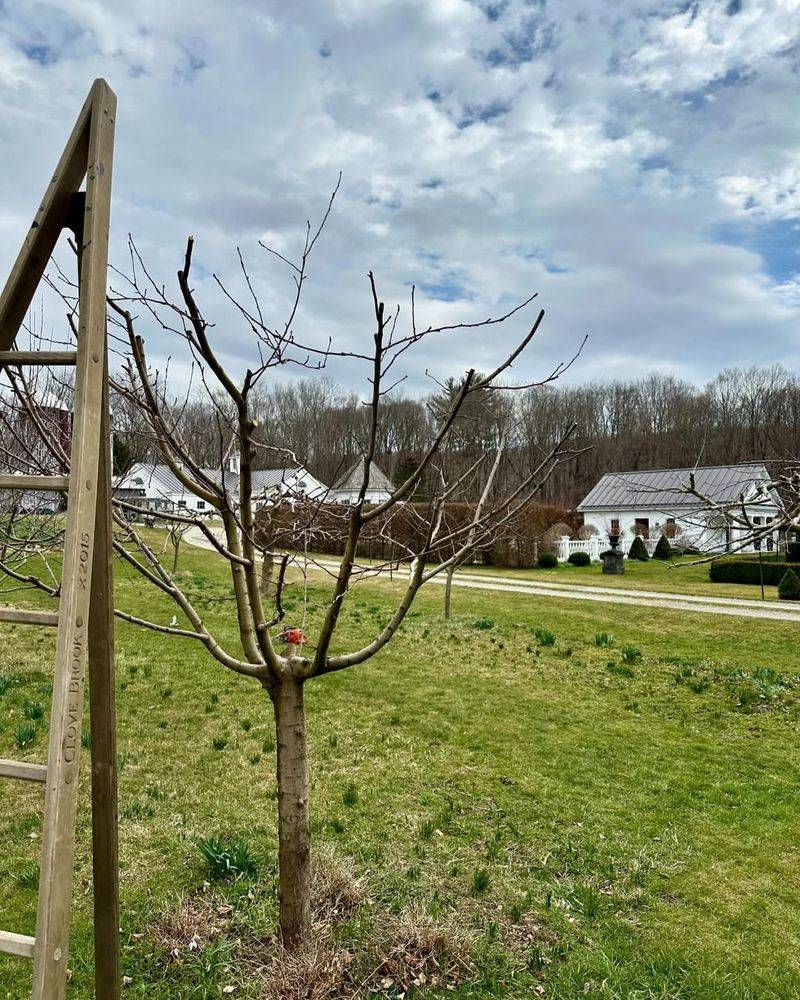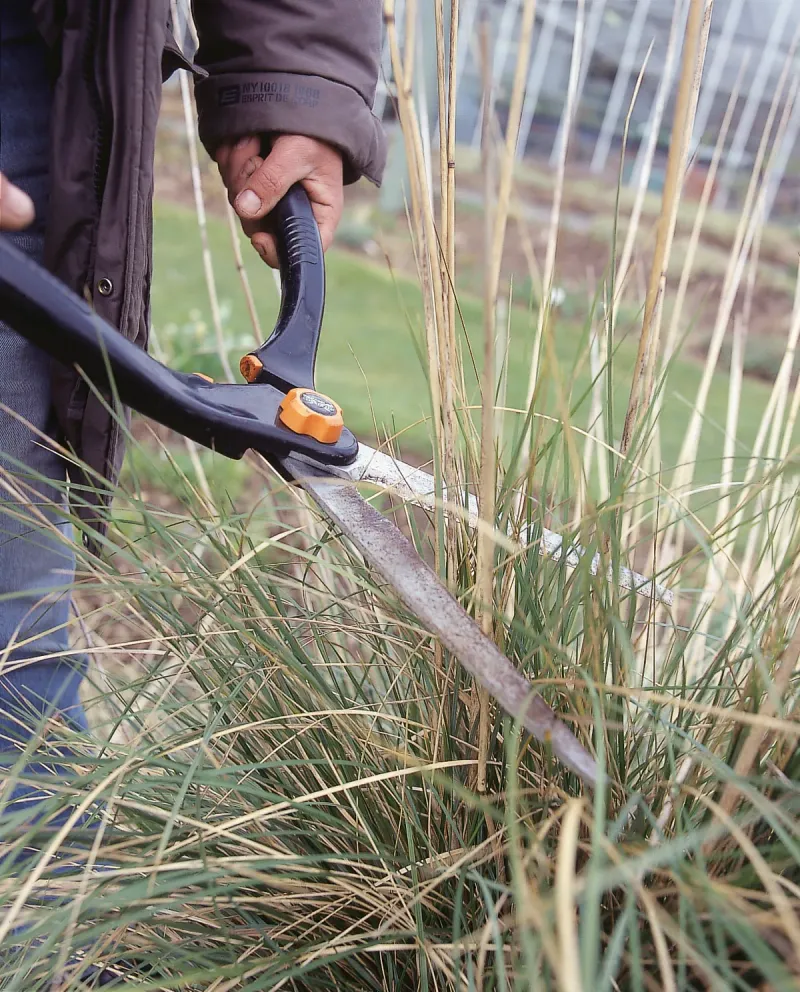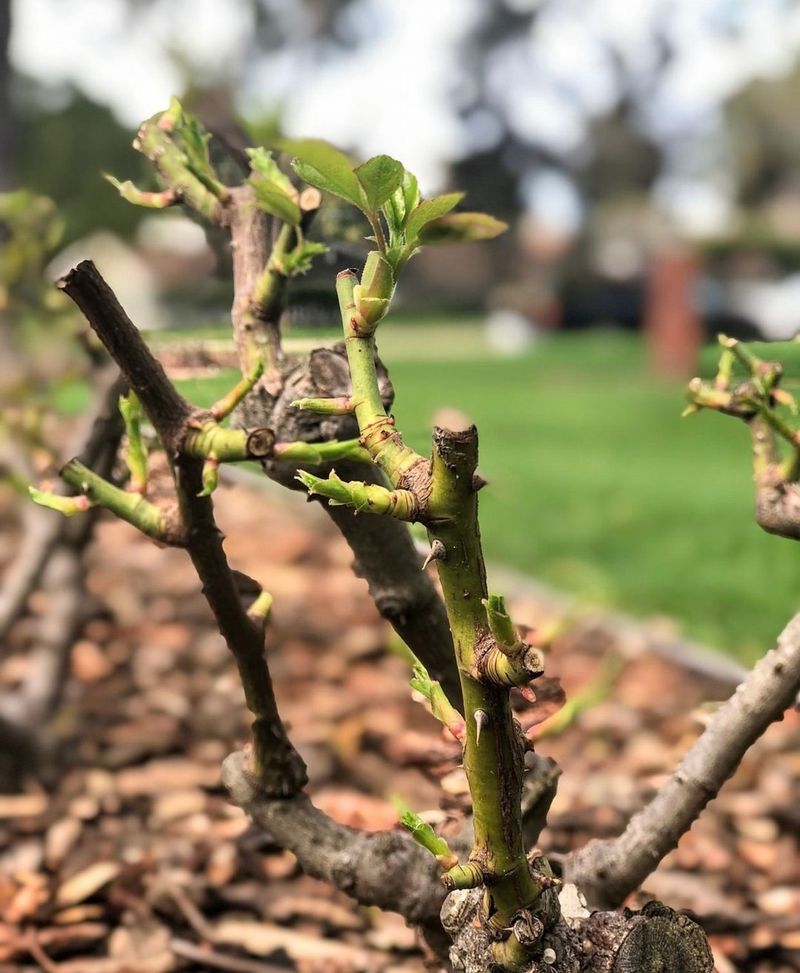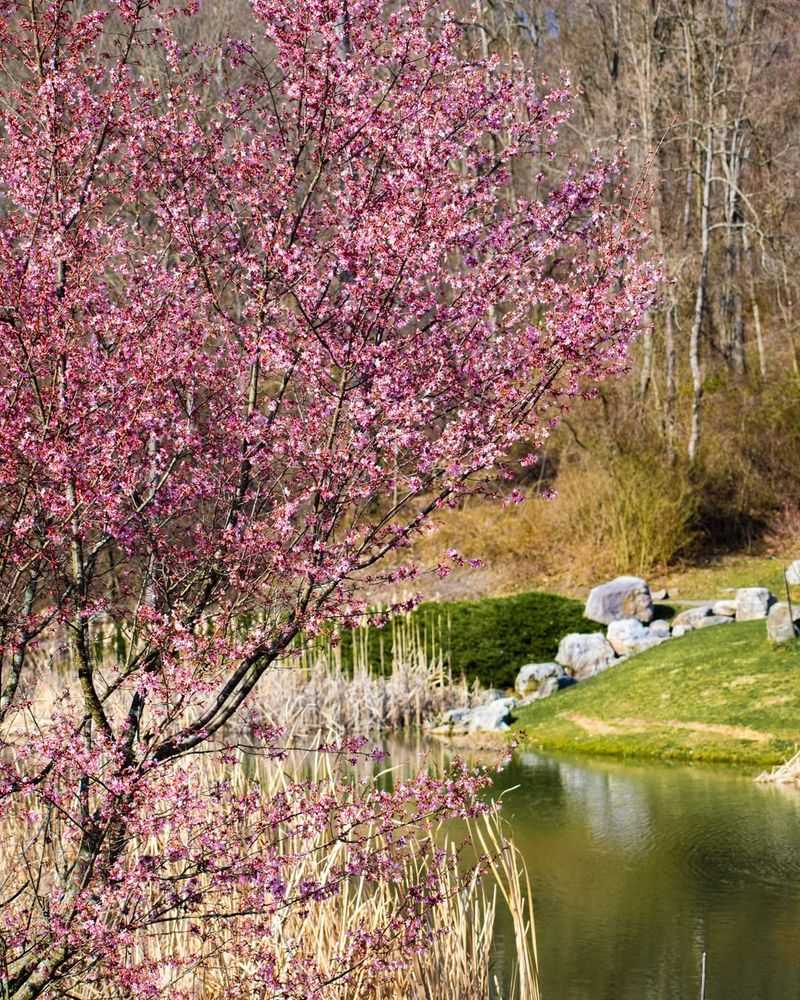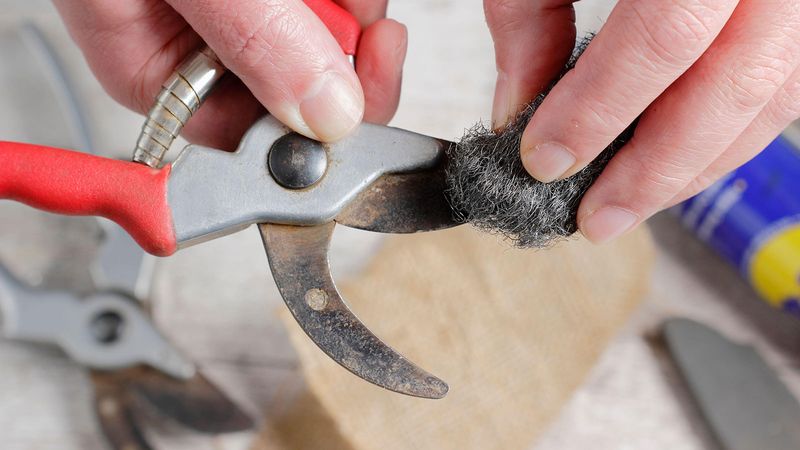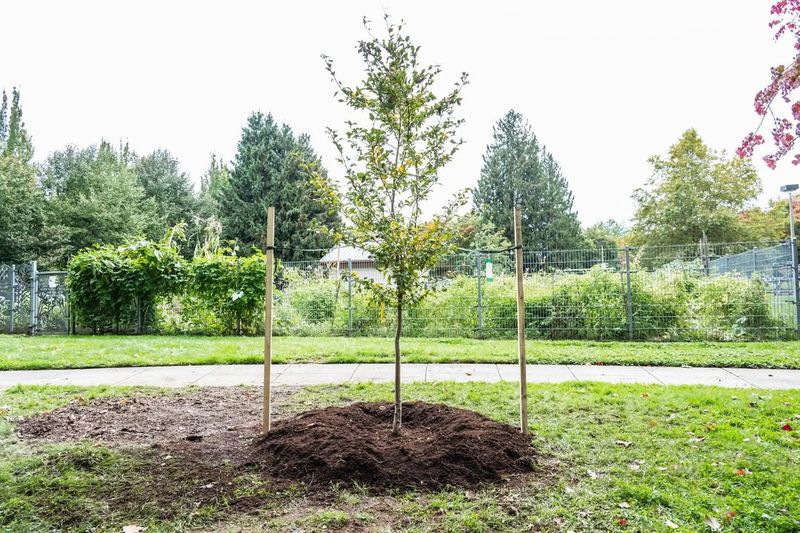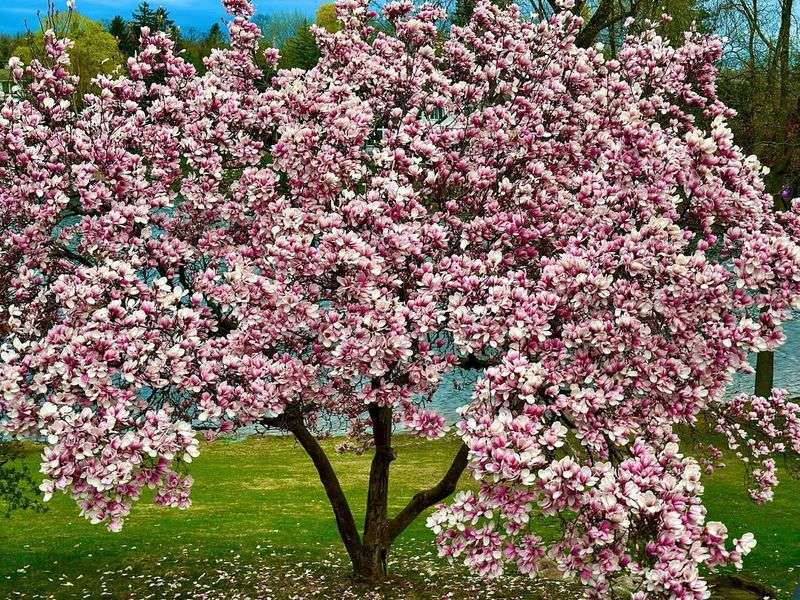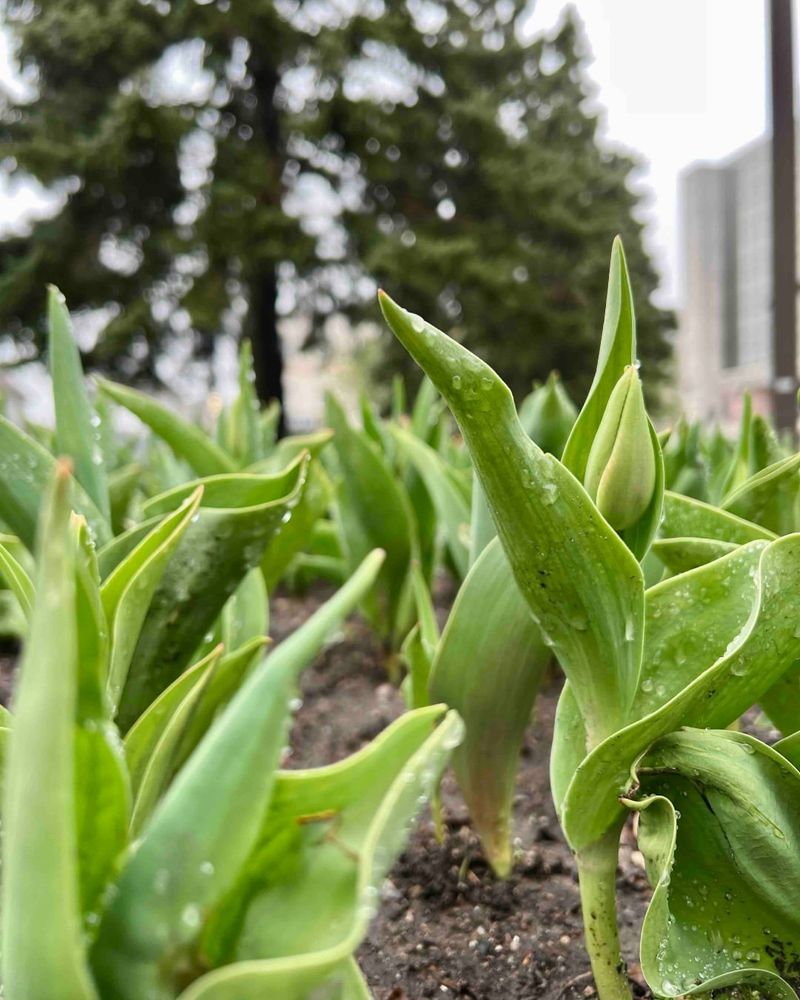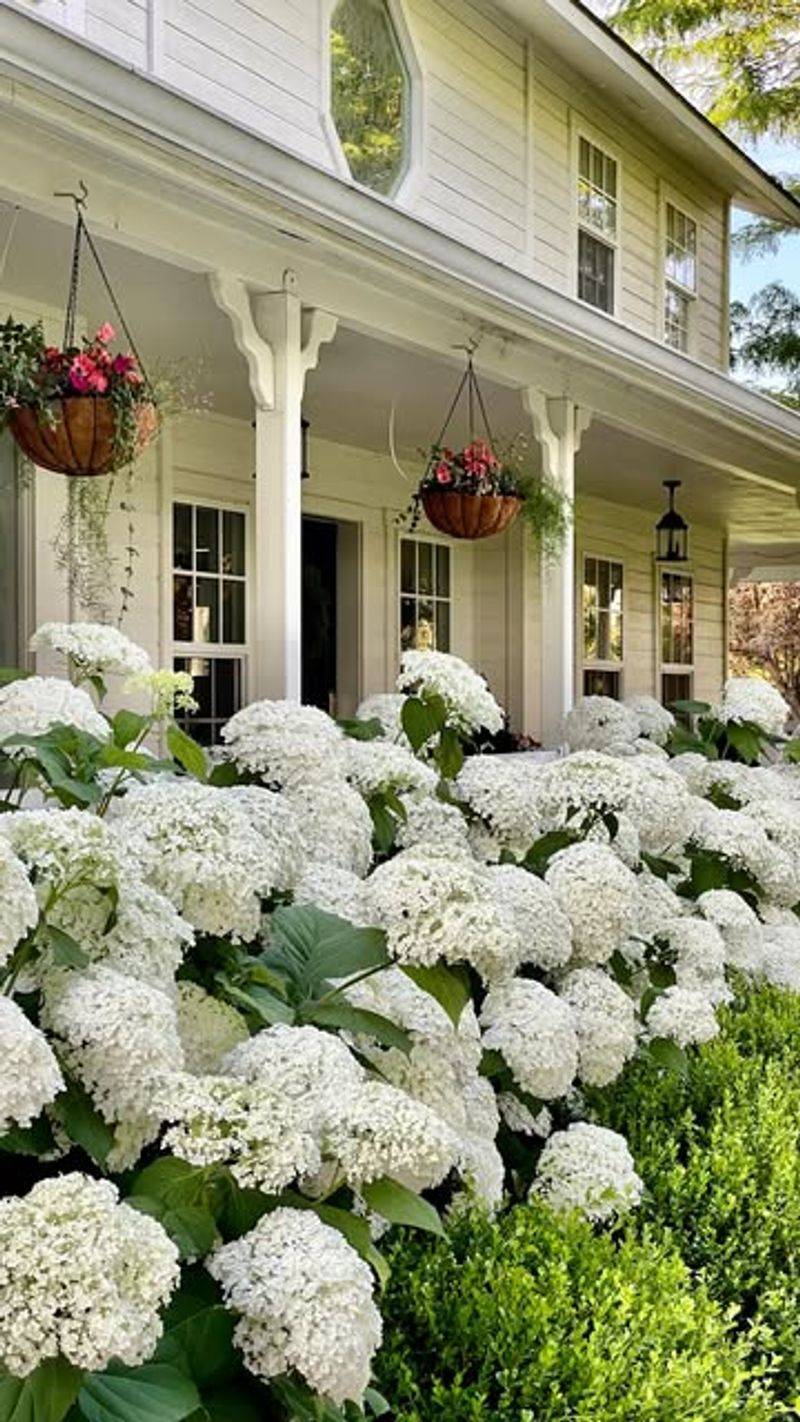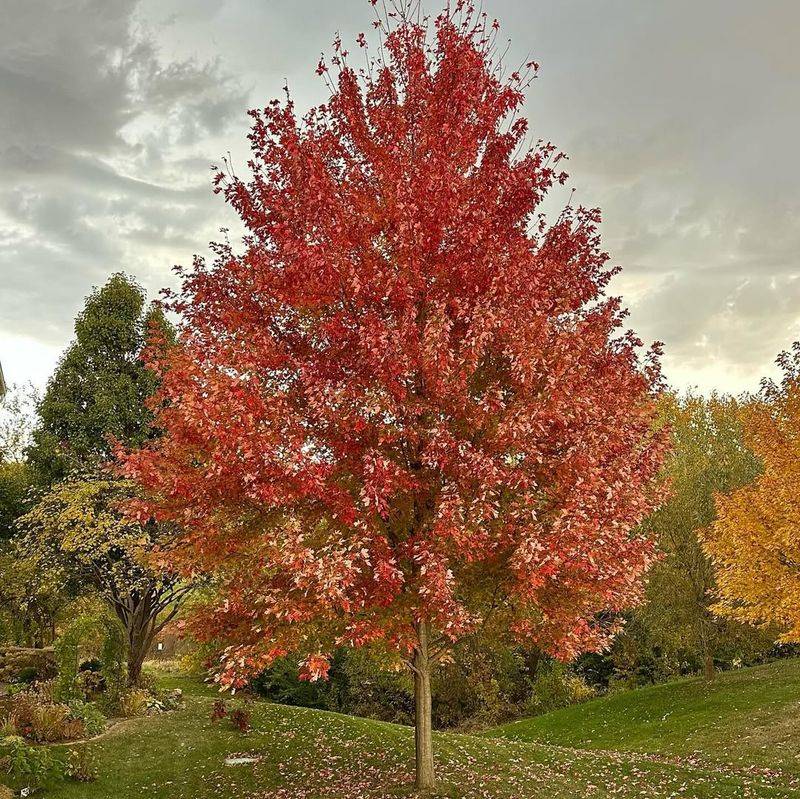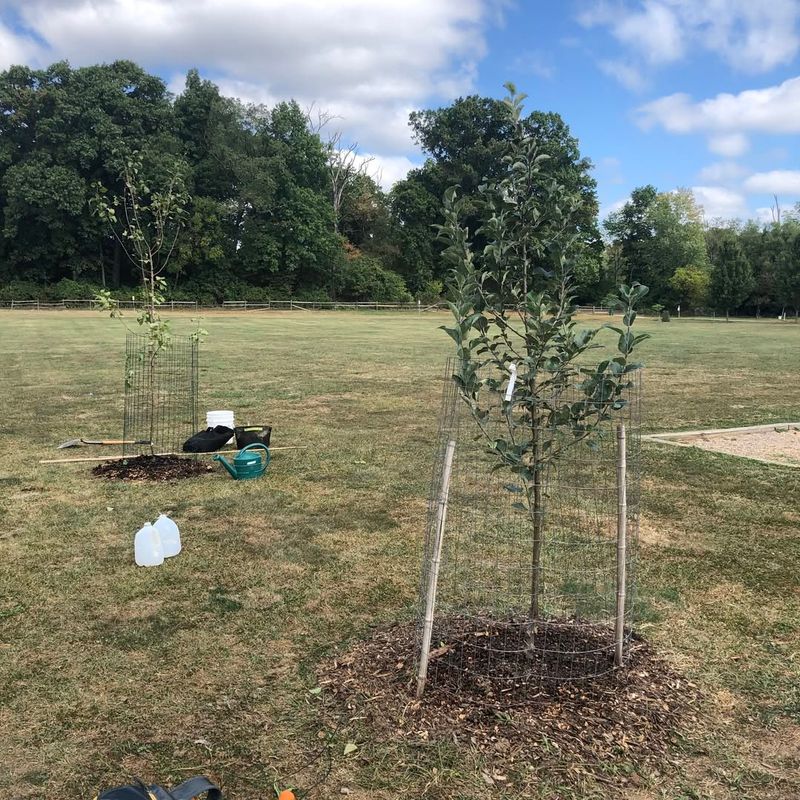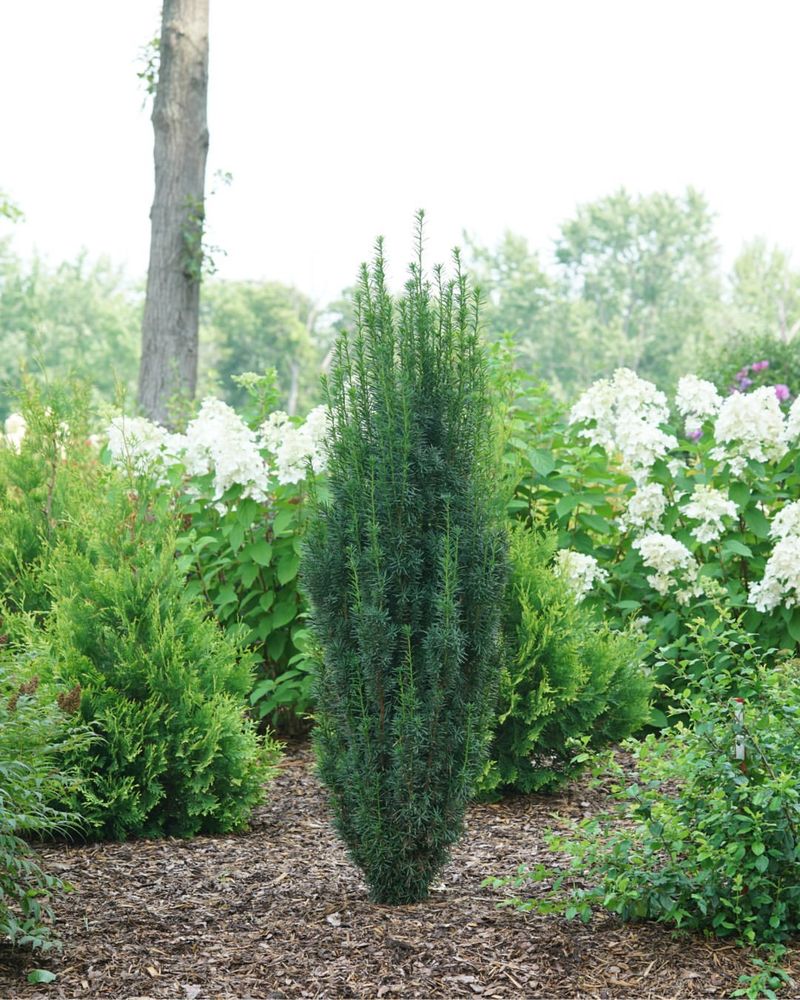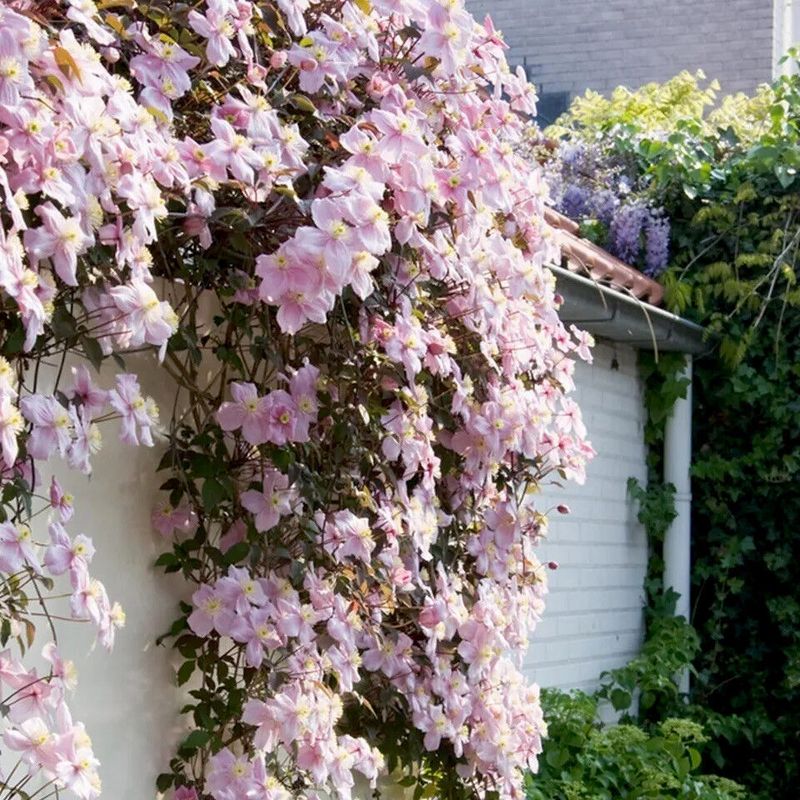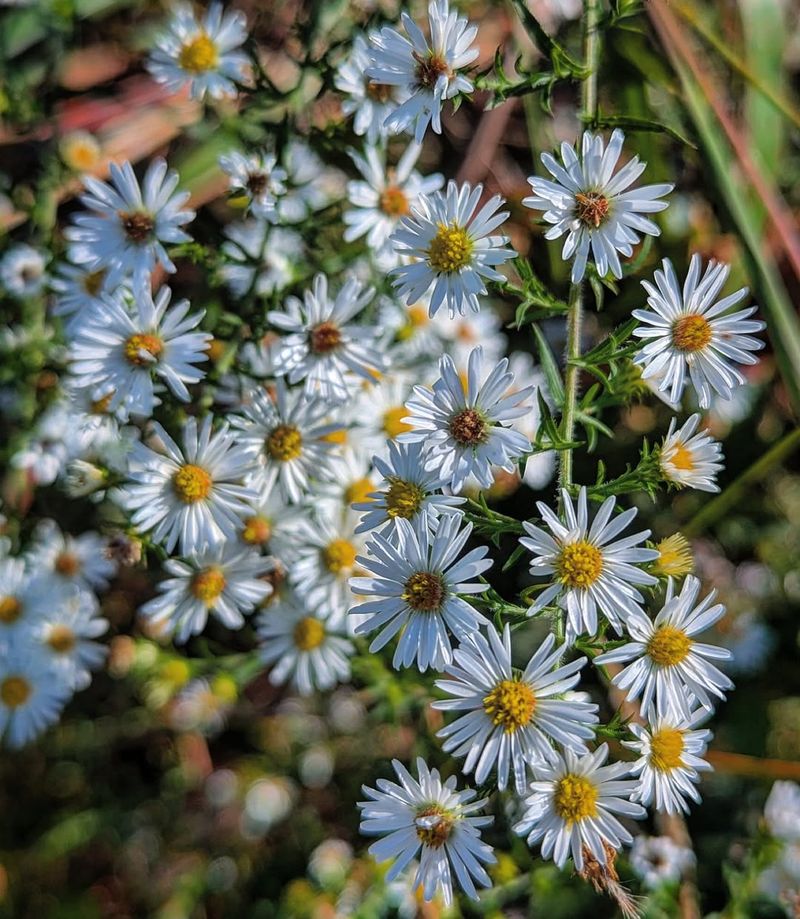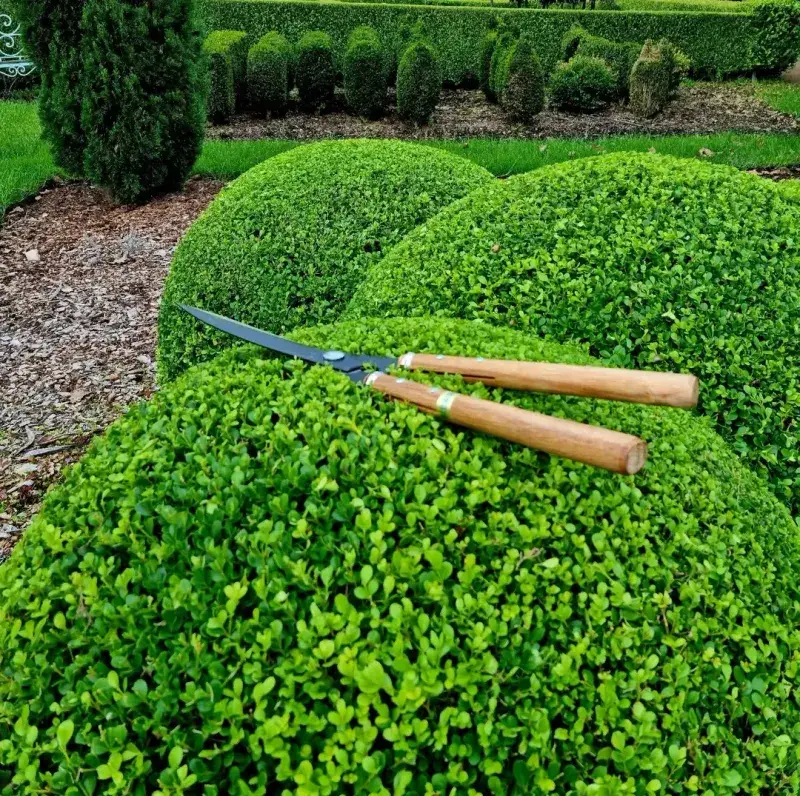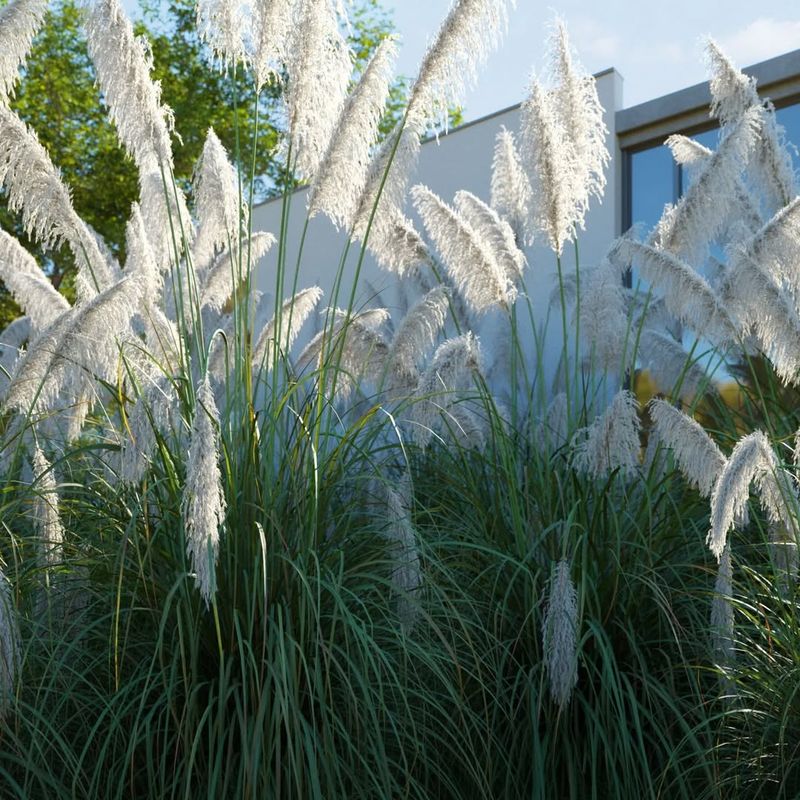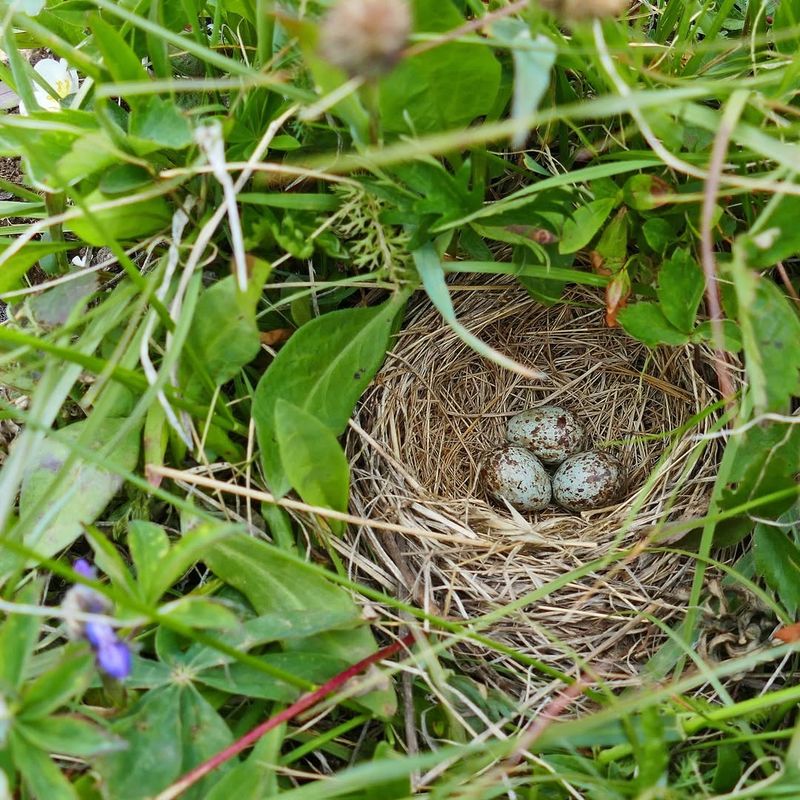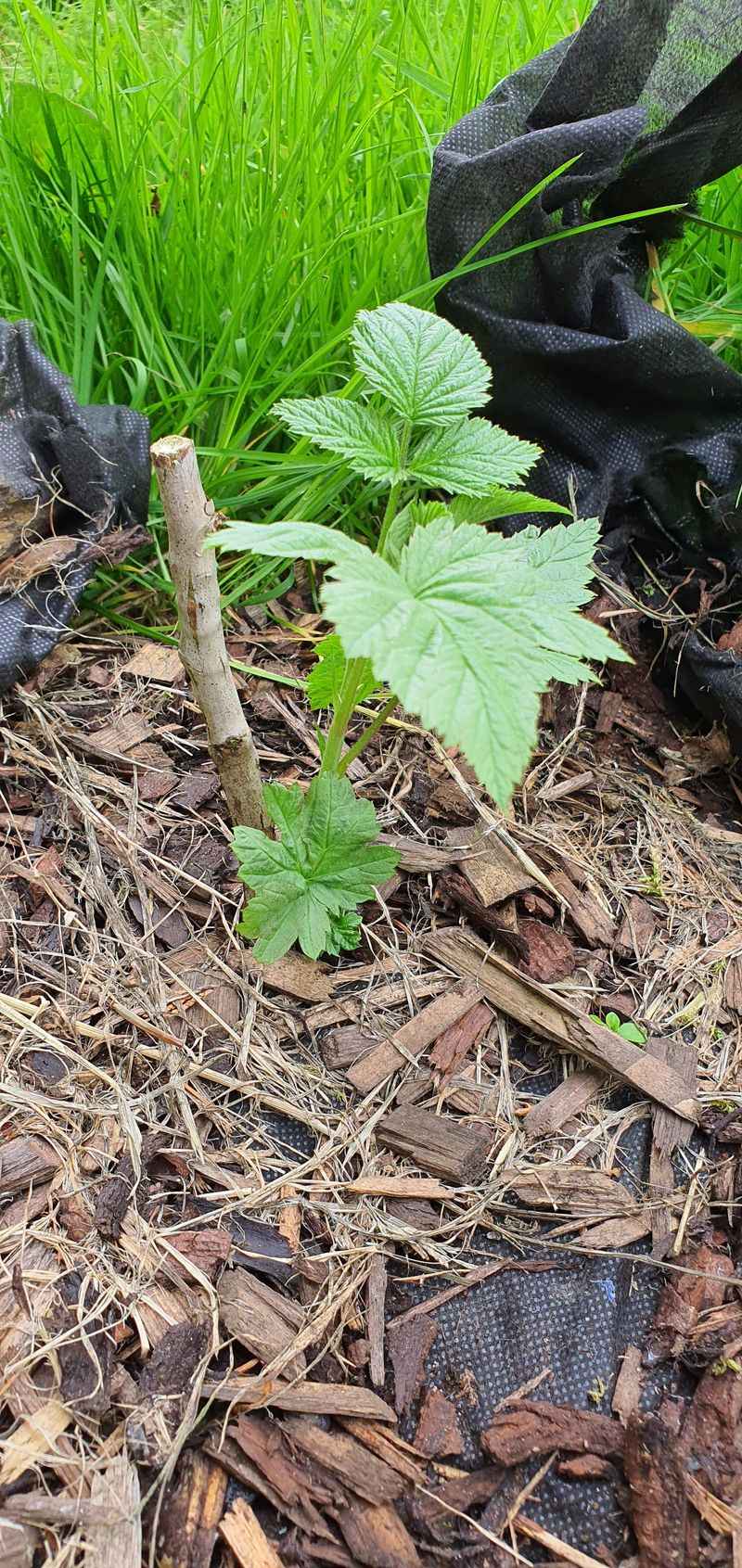Spring has arrived, and your garden is waking up from its winter slumber—time to grab those pruning shears! But before you start snipping away, knowing what to cut and what to leave alone can mean the difference between a garden bursting with life and one struggling to bloom.
The right approach to pruning encourages fresh growth, healthier plants, and a season filled with color. Whether you’re a seasoned gardener or just learning the ropes, these expert tips will help you shape your garden into a thriving, picture-perfect retreat.
1. Know What To Prune In Spring
Understanding the rhythm of nature is crucial for a gardener. Early spring is when many plants are eager to stretch their limbs, so it’s the perfect time to trim certain types for healthy growth. Plants like roses, fruit trees, and butterfly bushes benefit from early spring pruning.
This practice encourages new growth, allowing the plants to flourish and bloom beautifully. By knowing what to trim and what to leave, you ensure your garden not only looks its best but also thrives throughout the season.
2. Use The Right Tools For Clean Cuts
Gardeners often face the dilemma of choosing the right tools. Sharp, sanitized pruning tools are the secret to clean cuts that heal quickly. Using clean cutters prevents disease from spreading among plants.
Different plants require different tools, such as bypass pruners for precision and loppers for thicker branches. Equip yourself with tools that match your garden’s needs, and watch how effortlessly your plants spring back to life after a smart trim.
3. Prune Dead And Diseased Branches First
Dead branches are more than just unsightly—they can harbor diseases. Removing them first ensures that the health of the entire plant is not compromised.
Look for branches that appear brittle or have discoloration, as these are prime candidates for removal. By pruning away the dead and diseased, you give your plants a fresh start and a greater chance of staying healthy throughout the growing season.
4. Trim Flowering Shrubs After Blooming (If Needed)
Timing is everything when it comes to pruning flowering shrubs. Post-bloom is the perfect time to give them a haircut if necessary. Lilacs and forsythia are best pruned after their dazzling display of flowers fades.
This timing allows the plant to direct its energy towards new growth, ensuring a spectacular show next year. By respecting their natural cycle, you enhance both their beauty and health.
5. Shape Overgrown Perennials For Healthy Growth
Perennials can quickly become unruly if left unchecked. Spring is an opportune moment to trim them back, promoting lush and healthy growth.
Cutting back overgrown perennials like salvia and catmint encourages fuller, more robust blooms. By shaping these plants, you ensure they don’t overshadow others and maintain a balanced appearance in your garden. A little snip here and there can work wonders for their development.
6. Thin Out Crowded Branches For Better Airflow
Crowding of boughs can lead to a host of problems. When branches are too close, they restrict airflow, creating a breeding ground for diseases. Thinning them out in spring helps maintain plant health and structure.
This practice allows sunlight and air to penetrate the foliage, keeping your shrubs and trees robust. A well-ventilated plant is a happy plant, thriving all season long without the threat of fungal infections.
7. Cut Back Ornamental Grasses For A Fresh Start
Grasses grown for beauty deserve a fresh start each spring, too. Trimming them back clears away the old growth, paving the way for new shoots.
It is best done before new growth begins, ensuring that the grasses come back strong and vibrant. By giving them a neat trim, you’re encouraging a lush display that will sway gracefully in the summer breeze. A tidy haircut now means a stunning showcase later.
8. Rejuvenate Roses For More Blooms
Roses are the crowning jewel of any garden. Pruning them in spring is essential for promoting strong stems and plentiful blooms. Removing old, weak canes allows the plant to focus energy on producing more flowers.
With the right cut, roses not only look spectacular but also reward you with abundant blossoms. This rejuvenation process is crucial for maintaining their beauty and vigor throughout the season.
9. Pinch Back Leggy Growth On Annuals
Annuals can sometimes stretch themselves too thin. Pinching back leggy growth helps them grow bushier and fuller. This technique encourages branching, resulting in more leaves and potentially more blooms.
Timing is key—pinch them back early in their growth cycle. By doing so, you ensure a lush, compact plant that will fill your garden with color and vitality all season long.
10. Don’t Overdo It—Less Is More In Spring
Enthusiasm can lead to over-pruning, which is often detrimental. Plants need their leaves to photosynthesize, so removing too much can stunt their growth. A judicious approach ensures that you’re only taking what’s necessary.
By remembering that less is more, you allow your plants to reach their full potential without unnecessary stress. A careful trim is all it takes to keep them in peak condition.
11. Sanitize Pruning Tools Between Cuts
Trimming tools are an extension of your green thumb. Disinfecting them between cuts is a simple practice that prevents the spread of disease. A quick wipe with alcohol or a special cleaning spray keeps your garden healthy.
This step is crucial, especially when moving between different plants. Clean tools mean clean cuts, promoting the overall wellbeing of your garden’s flora.
12. Feed And Mulch After Pruning To Boost Recovery
After pruning, plants need a little extra care to bounce back. Adding a layer of mulch and applying fertilizer helps them recover quickly. These additions provide essential nutrients and retain soil moisture, creating an ideal environment for growth.
By giving your plants this supportive boost, you’re setting them up for a season of success. With a bit of nourishment, they’ll reward you with vibrant displays.
13. Avoid Trimming Spring-Blooming Shrubs
Spring-blooming shrubs are a feast for the eyes. However, pruning them too early can rob you of their stunning display. Wait until after flowering to trim shrubs like lilacs and forsythia.
This allows them to put on a full show without interruption. By timing your pruning right, you ensure a glorious garden that draws admiration and envy from every passerby.
14. Don’t Prune Early-Blooming Trees
Trees that bloom early (e.g. magnolias and cherry blossoms) bring joy to the garden after a long winter. Pruning them at the wrong time, however, can dampen their spirits. It’s best to wait until after they’ve finished flowering.
By doing so, you ensure that next year’s blooms are just as spectacular. With patience, you can maintain the health and beauty of these early risers, season after season.
15. Refrain From Cutting Back Bulb Foliage
Bulbs are nature’s little powerhouses. After flowering, they need their foliage to gather energy for next year. Cutting back leaves too soon can hinder this process.
Allow the foliage to die back naturally, letting the plant redirect nutrients to the bulb. By practicing patience, you guarantee a vibrant display when the bulbs awaken again in spring.
16. Avoid Pruing Woody Perennials That Bloom On Old Wood
Understanding your plant’s growth habits can save you from pruning mishaps. Woody perennials that bloom on old wood, like hydrangeas, need careful timing. Pruning too early can remove flowering buds, resulting in a lackluster display.
Wait until after they bloom to give them a trim. This approach ensures that you enjoy all their glory when they’re in full stride.
17. Stop Trimming Trees With Heavy Sap Flow In Early Spring
Sap is the lifeblood of a tree. Pruning trees with heavy sap flow, like maples, too early can lead to excessive sap loss. This weakens the tree and reduces its vigor.
Waiting until later in the season minimizes this risk. By choosing the right time, you protect the tree’s health, ensuring it remains a strong part of your landscape.
18. Wait To Prune Young Trees And Shrubs That Still Establish Roots
Young trees and shrubs are in their formative years. Pruning them too aggressively can hinder their development. Focus on minimal trims to help shape their future without stunting their growth.
Allow them time to establish a strong root system. With patience and gentle guidance, you’ll nurture them into healthy, mature specimens that anchor your garden for years.
19. Avoid Cutting Evergreens (Unless Removing Dead Or Damaged Branches)
Conifers are generally low-maintenance when it comes to pruning. They typically don’t require much attention in spring unless branches are dead or damaged. Removing these helps maintain the plant’s health and appearance.
By leaving the rest alone, you allow them to keep their natural shape and beauty. A little touch-up here and there keeps evergreens looking their best without a drastic overhaul.
20. Stop Cutting Back Clematis That Blooms On Old Wood
Clematis vines can be a bit tricky. Some types bloom on old wood, meaning early pruning can cut off this year’s flowers. Identifying the pruning group of your clematis is crucial.
Once you know, you can prune accordingly to ensure a bountiful display. With the right knowledge, you’ll avoid cutting off potential blooms, enjoying a cascade of flowers in their season.
21. Avoid Pruning Late Summer And Fall-Blooming Perennials
Timing can make or break your garden’s aesthetic. Late summer and fall-blooming perennials like asters and goldenrods should be left alone in early spring. Pruning them too early can reduce their flowering potential later on.
Instead, wait until late spring or summer to trim them back. By respecting their growth cycle, you ensure a vibrant autumn display that keeps your garden lively as the days grow shorter.
22. Refrain From Shaping Hedges Until New Growth Begins
Hedges have their own schedule. Waiting for new growth to begin ensures they remain dense and full. Pruning too early can lead to gaps and uneven growth.
By timing your trim with nature’s cues, your hedges maintain their lush appearance. This approach keeps them as a strong, structured element in your garden, providing a perfect backdrop for seasonal blooms.
23. Stop Cutting Ornamental Grasses If Beneficial For Wildlife
Nature has its own logic, and sometimes leaving things as they are is the best course. Ornamental grasses can provide shelter for birds and beneficial insects. Waiting until late spring to cut them back supports local wildlife.
Once the new season is underway, a trim can rejuvenate them for a fresh start. By balancing beauty with biodiversity, you create a garden that’s both stunning and sustainable.
24. Don’t Destroy Nesting Sites For Birds
Gardens are not just for plants—they’re a haven for wildlife. Bird nests are common in shrubs and trees, especially in spring. Check for signs of nesting before pruning to avoid disturbance.
Waiting until the nesting season ends ensures that you’re not harming any bird families. By being mindful and patient, you contribute to a thriving ecosystem right in your backyard.
25. Never Cut Back Plants Showing New Bud Growth At The Base
Spring is a time of renewal. Some plants may look worse for wear after winter but show signs of life at the base. Wait before cutting them back to see what recovers.
New growth often emerges, transforming what seemed like dead wood into a flourishing plant. This patience pays off, rewarding you with a garden full of vitality and unexpected surprises.

